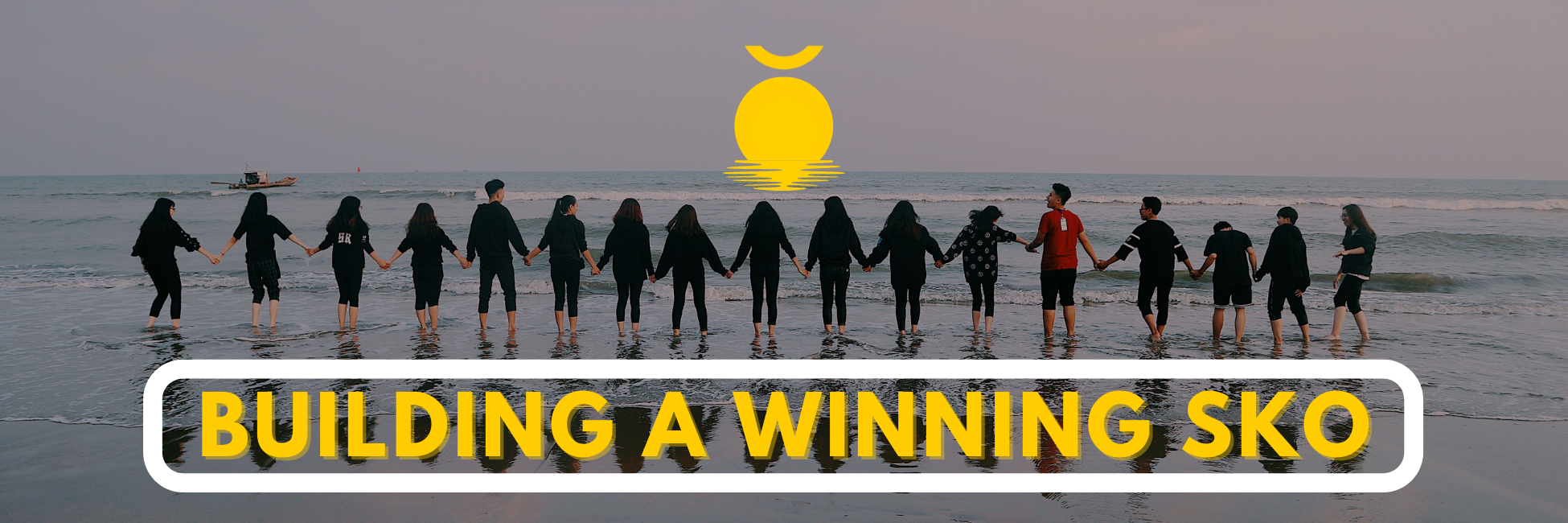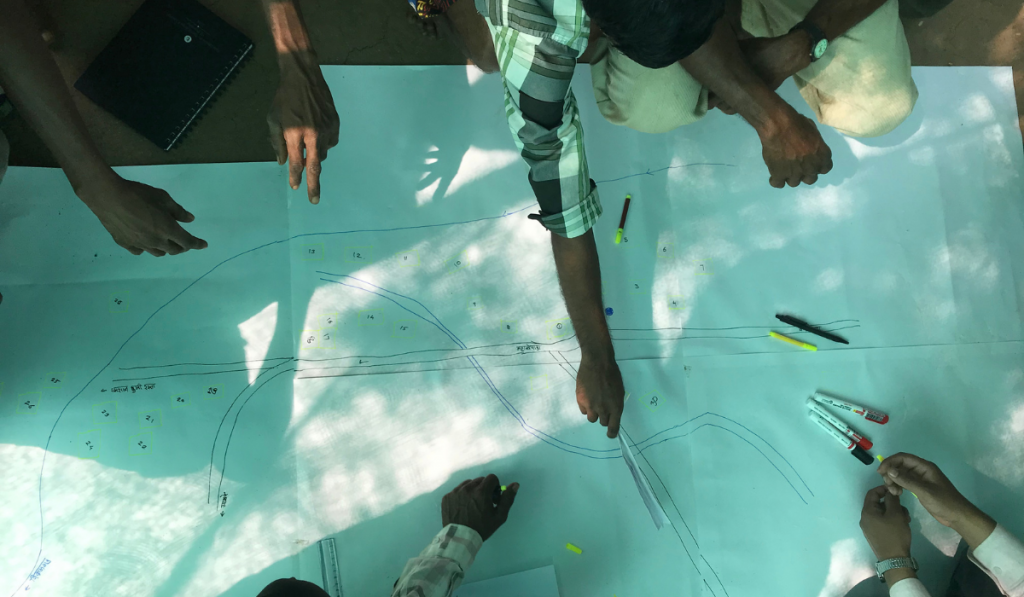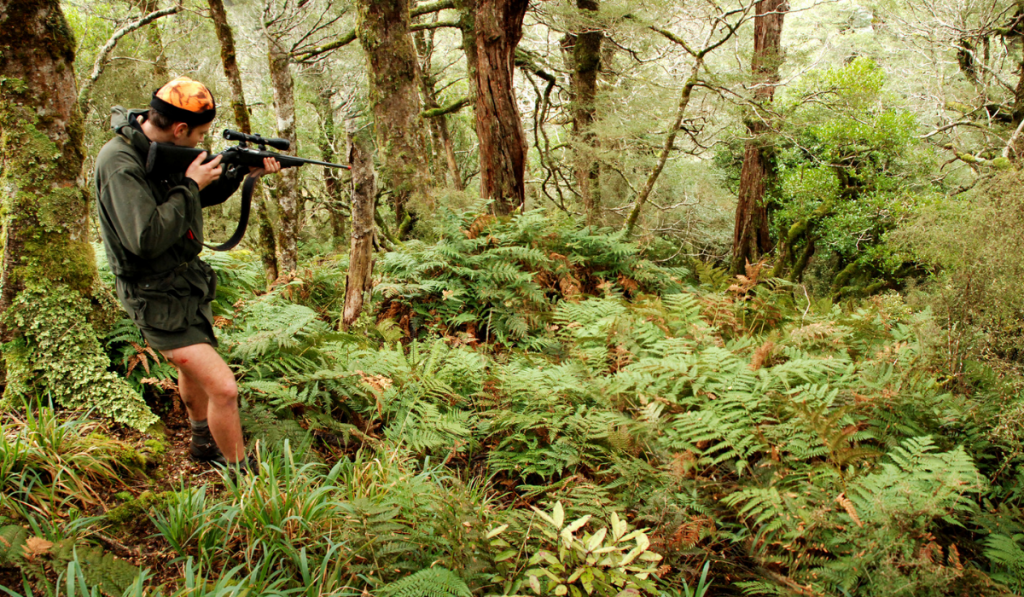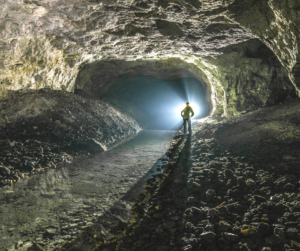
Learn how to transform three days into a springboard for your Sales team’s success.
A case study that depicts a successful SKO.
Sales teams are often a highly-motivated bunch. Enticed to broker deals and meet quotas by the allure of commissions or other perks, your sales department long ago learned how to cultivate the field that is your target audience, and nurture leads through to conversion for successful and satisfying customer experiences that positively impact your bottom line.
That being said, sometimes, employees can grow tired of the daily routine, and customers need a more unique and challenging approach to encourage them to opt-in. To simultaneously avoid employee burnout and provide an opportunity for professional development that helps drive more customer acquisitions and sales, try taking your sales team offsite for 1-3 days of lectures, workshops, and informal activities.

For excellent information on executing successful offsites, check out this blog series >> Short and impactful, offsites often end with participants pledging to adopt corporate strategy or work harder to meet operational objectives, but it’s up to you to hold your team members to their promises once back in the office:
Take the following case study as an example:
We were invited to assist one of our customers’ companies with the design of their annual sales kick-off event. A public company specializing in the development and sales of satellite communications infrastructure, this particular customer was headquartered in Israel, yet with teams located across the globe. As such, the offsite would bring together 70 of their sales people from all over the world.
The ROI was defined as getting as many new logos (i.e. new clients) into the company’s client portfolio by the end of the coming year. This because, while the global sales team was consistently meeting their targets, the company had not onboarded a new client in a very long time.
We expected that the sales people, many of whom were seasoned and with the company for many years, had become too comfortable meeting their sales targets without having to go after new clients. We feared that they would be reluctant to leave their comfort zone, believing that doing so would risk their relationships with existing clients.

As such, we defined our goal as getting these already successful sales people to expand their efforts. We then defined the theme as: “From Farming to Hunting” with a tag line: “How to bring on new clients without compromising existing ones.”
In accordance with the total immersion component, we designed the entire layout of the conference room to look like a hunting cabin – you know, with “antlers” as trophies on all four walls of the room.
In the center of each of the posters was a logo of a different company that was not yet a client, along with basic information about that company. Each of the tables in the room was decorated to resemble a different animal: cobra, bear, shark, lion, eagle, etc.
As soon as everyone gathered, even before any opening remarks were made, we announced the first task. Each sales person was given a few moments to walk around the room, reviewing the dozens of logos on the walls, and selecting one that they would want their table to “hunt.” Once every sales person had selected a logo and returned to their table, they discussed which logo their hunt would focus on. They were then given 45 minutes to come up with a hunting strategy for acquiring that company a client using–the unique hunting characteristics of the animal assigned to their table. Then, each table presented their strategy to the rest of the room. From the start, our day called participants to action, while focusing on our goal.
People were so engaged, so intrigued, by the hunting analogy, that they “jumped” right in, without us even needing to have an academic, and most likely apologetic and defensive, discussion about the need to pro-actively go after new clients.
Note that throughout this process, a large screen was showing amazing National Geographic video clips of animals hunting other animals (the same animals that were assigned to the tables). These clips ran continuously throughout the day.
This, after launching a simple, yet effective teaser campaign: emails with images of predators and “Did you know…” tid-bits about how each animal hunts its pray, sent every few days (before the offsite). No explanations were provided about these email, leaving participants wanting to learn more.
As for the follow-up, it consisted of emails that were sent every few days for weeks after the offsite. They included:
- Pictures from the offsite;
- Video clips of the various presentations given by each table;
- Additional professional information that had to do with questions that were brought up during the offsite;
- Sources and summaries of information presented by the CEO and guest speakers;
- Information about some of the companies whose logos were on the wall.
- The ultimate follow-up took place a full year later, as part of the following annual sales kick-off events, when a presentation was given on each of the new clients that were won over in the past year, and how they were successfully “hunted.” Almost half of the target companies that were on the wall the previous year had become clients!
The results of this particular case clearly indicate that, from an ROI perspective, the follow-up conducted after an offsite can extend the short or several-day activity into a long-term and internalizing process that spans several months and drives significant cost-benefit rewards. By continuously keeping veteran sales teams’ heads in the game and reminding them of the new approach to customer acquisition, you too can see a change in your bottom line.
Is your sales team hungry for the hunt? Talk to us, at Vayomar, about transforming your company’s sales approach from “farming” to “hunting,” with a total immersion offsite today! https://vayomar.com/offsites/
If you liked this article you may find these interesting as well:

Winter is coming – Strategies that can help you grow even during the budgetary policies of a recession
Ariel Halevi | 12 minutes They’re cutting your budget and telling you that they still expect you to meet your goals. Financial growth without budgetary

Four Weaknesses of Executive Leadership Teams (ELT)
Ariel Halevi | 10 minutes Senior executive leadership teams (ELT) operate in all sorts of companies, from hyper- growth startups that have reached “unicorn” status

Dealing with Post-Covid Employment Disorder – A Different Approach to the Current Workforce Crisis
Photo by Parastoo Maleki on Unsplash Ariel Halevi | 5 minutes Over the past year, there’s been a hiring and talent retention crisis. Massive resignations,
